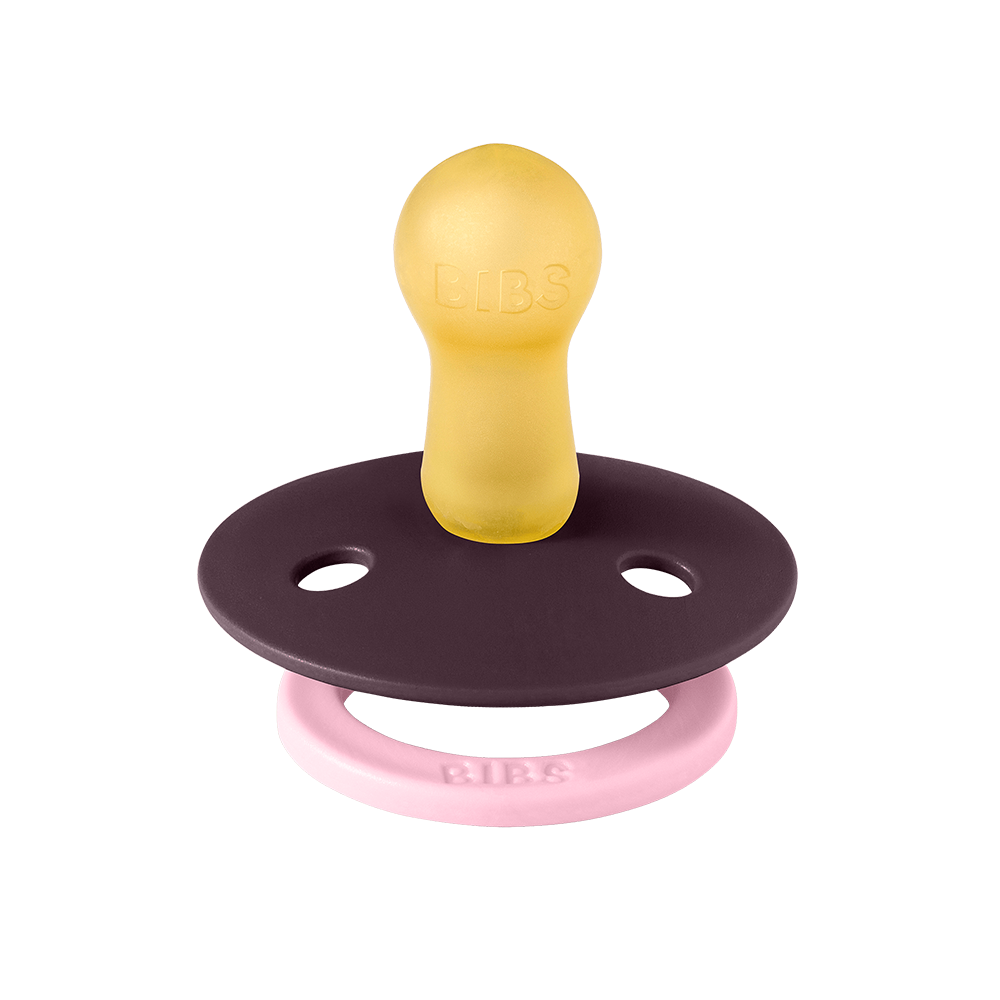
The National Breast Cancer Foundation advises that women of all ages should perform breast self-exams at least once a month.
We urge all women, AND men (yes, men can get breast cancer, too) to be aware of the risk factors and warning signs of this devastating disease which takes the lives of 600,000 people globally each year.
Make sure you are doing regular breast self-checks and know what changes to look out for. Being aware, informed, and able to catch it early could save your life.
How should a breast self-exam be performed?
- Stand in front of a mirror and notice the shape and appearance of your breasts with your arms by your sides, then raised above your head. Look out for any dimpling, puckering, bulges, redness, or a suddenly inverted nipple.
- Use the pads of your three middle fingers to lightly press on all areas of your breast, feeling for any hard or unusual lumps or thickened areas. Make sure to cover the entire area between your collarbone and below the bra line, including the armpit. Do this process lying down and in the shower.
- Most importantly, get familiar with how your breasts look and feel so that you can confidently identify any changes the next time you perform this check.
Early detection is key
Breast self-exam can be an important way to find breast cancer early. And if breast cancer is detected early, there are good chances of treatment. With one in eight** women developing breast cancer during their lifetime, the earlier we can detect breast cancer, the better.
While no single test can detect all breast cancers early, Breastcancer.org believes that performing breast self-exam in combination with other screening methods can increase the odds of early detection.
What are the symptoms?
Many discover the first signs in the form of a lump, but there are many other things that you should keep an eye on so that the disease can be detected and treated in time. Read on and learn more about the symptoms here.
- Thick area
- Dimples
- Nipple crust
- Redness
- New fluids
- Skin sores
- Bumps
- Growing veins
- Sunken dimples
- New shape/size
- “Orange peel” skin
- Hard lump
Notice something?
By checking regularly, you’ll become familiar with what’s normal for you regarding skin color, skin texture, feel and shape of your breasts and look, feel or shape of your nipples.
Knowing how your breasts should look and feel normally can help to alert you to any unusual changes that may be a symptom of breast cancer.
Getting to know your breast could save your life! If you ever notice something, show your doctor!
Sources:
*https://www.nationalbreastcancer.org/
**https://www.cdc.gov/cancer/breast/
young_women/bringyourbrave/breast_cancer_young_women/index.htm



















